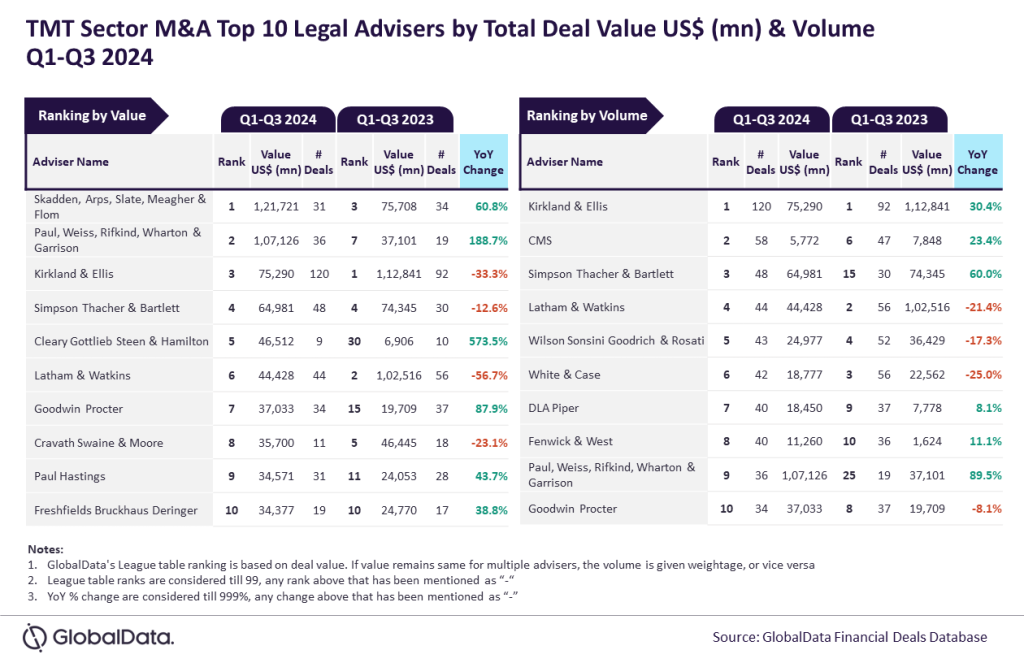GlobalData offers a comprehensive analysis of ASML, providing key insights into its Environmental, Social, and Governance(ESG) factors. By closely monitoring and aggregating mentions of climate change and associated ESG keywords, GlobalData delivers valuable information on ASML’s ESG performance. GlobalData’s company profile on ASML offers a 360-degree view of the company, SWOT analysis, key financials, and business strategy including insights on ESG implementation among other information. Buy the report here.
ASML, a leading technology company, has set a target for net zero by 2040. The company aims to attain carbon neutrality, achieving net-zero emissions in its operations (Scope 1 and 2) by the year 2025. In 2022, the company's carbon emissions were categorized across different scopes. Specifically, Scope 1 comprised direct emissions of 17.3 kton resulting from the use of fossil fuels in operations. Scope 2 encompassed indirect emissions derived from energy consumption based on a market-centric approach, totaling 20.8 kton. Notably, Scope 3 accounted for extensive indirect emissions that spanned the entirety of the value chain, reaching a substantial 11,900.0 kton. Combining these scopes, the company's overall carbon footprint stood at 11,938.1 kton for the year.
The company aims to cut energy consumption through over 80 projects in its energy-saving masterplan across five industrial sites. Key components include reducing natural gas and electricity usage, incorporating on-site renewable energy, purchasing credible renewable electricity, and optimizing BREEAM-certified offices. The goal is to increase direct green energy purchases and maximize the use of renewable energy. If necessary, the company plans to acquire voluntary emission reduction certificates ASML recognizes the importance of reducing its emissions and is taking steps to achieve its net-zero targets.
In conclusion, ASML is committed to achieving net-zero emissions and recognizes the importance of reducing its carbon footprint and is taking steps to achieve its goals. ASML's investments and initiatives demonstrate its commitment to sustainability and its role in enabling innovative businesses in various sectors.
Data Insights
From

The gold standard of business intelligence.
Blending expert knowledge with cutting-edge technology, GlobalData’s unrivalled proprietary data will enable you to decode what’s happening in your market. You can make better informed decisions and gain a future-proof advantage over your competitors.







